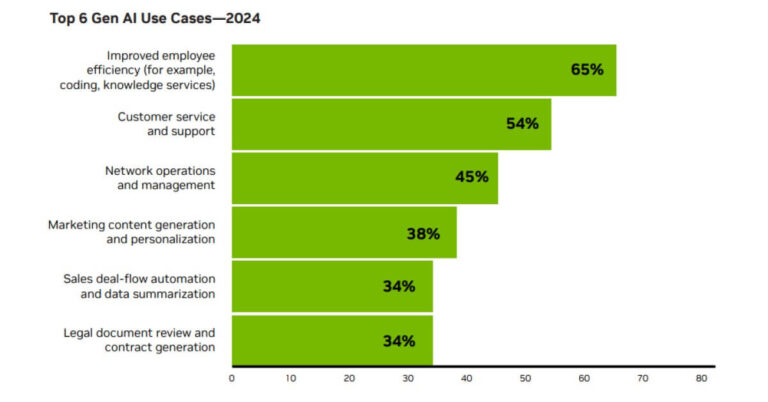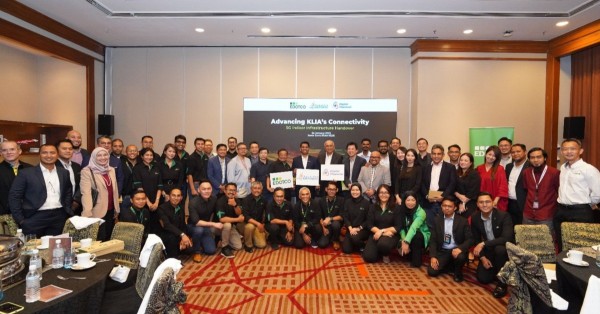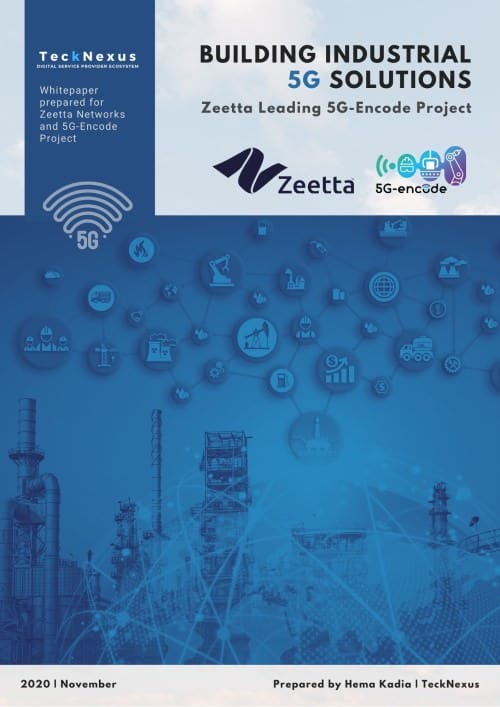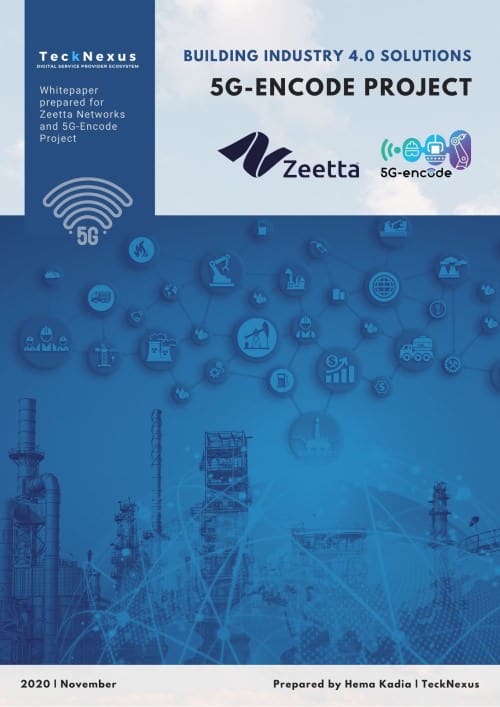Project Overview: ADNOC and e&’s Landmark 5G Initiative
Abu Dhabi National Oil Company (ADNOC) and e&, a leading global technology group, have announced a landmark project to build the energy sector’s largest private 5G wireless network. This ambitious venture will span 11,000 square kilometers, revolutionizing the connectivity landscape for ADNOC’s onshore and offshore operations. The project aims to significantly enhance operational efficiency and safety through advanced technology and AI integration.
Connectivity Challenges in the Energy Sector
The energy sector faces several challenges, including the need for high-speed, reliable connectivity in remote and harsh environments. Traditional network solutions often fall short in such expansive and demanding conditions. For ADNOC, achieving comprehensive coverage across vast areas while integrating advanced AI solutions has been a critical challenge. Additionally, optimizing production processes and reducing environmental impact requires cutting-edge technology and infrastructure.
5G Network: The Solution for Energy Sector Challenges
The proposed 5G network will address these challenges by providing high-bandwidth, low-latency connectivity across ADNOC’s entire operational area. This private network will support the deployment of AI-driven solutions, enabling real-time data processing and autonomous operations. With enhanced connectivity, ADNOC can automate processes, optimize production, and improve safety and efficiency. This infrastructure will also contribute to reducing emissions and supporting sustainable operations.
Economic Impact and Operational Benefits of 5G Implementation
The network’s implementation is expected to generate $1.5 billion (AED5.5 billion) in value by 2030, demonstrating its substantial economic impact. The network will facilitate the digitalization of wellheads, relay information from over 12,000 wells and pipelines, and provide end-to-end visibility of operations. This will allow for real-time recommendations to extend the lifespan of assets and enhance safety in the field. The project is slated for completion in 2025.
Why 5G Technology is Essential for the Energy Industry
The choice of 5G technology is pivotal for this project. 5G offers the high-speed, low-latency connectivity necessary for the extensive and demanding requirements of the energy sector. By leveraging a private 5G network, ADNOC can ensure secure, reliable, and high-performance connectivity tailored to its unique needs.
Key Benefits of ADNOC’s Private 5G Network
The benefits of this 5G network include:
- Enhanced Automation: Streamlined operations through AI-driven automation.
- Improved Efficiency: Real-time data processing for optimized production.
- Reduced Emissions: More effective management of resources and operations.
- Increased Safety: Better monitoring and control of remote facilities.
Transformative Impact of 5G on the Energy Sector
This project sets a new standard in the energy sector, highlighting the potential of private 5G networks to transform operations. The successful implementation of this network could serve as a model for other industries facing similar challenges. The integration of advanced AI with high-speed connectivity will drive innovations and operational excellence across the sector.
ADNOC’s Leadership in AI and Technology Integration
ADNOC, with its focus on becoming the world’s most AI-enabled energy company, plays a crucial role in this project. The company’s commitment to deploying pioneering technologies and enhancing operational capabilities underscores its leadership in the energy sector. By partnering with e&, ADNOC is not only advancing its own operations but also setting a benchmark for the industry.
e&’s Crucial Role in Developing the 5G Network
e&, known for its expertise in network and AI innovations, is instrumental in the development of this private 5G network. The collaboration leverages e&’s technological capabilities to create a robust digital infrastructure that meets ADNOC’s needs. This partnership exemplifies how industry leaders can work together to achieve significant advancements in technology.
Project Status and Future Milestones
The project is currently underway, with an expected completion date of 2025. As of now, the planning and initial phases are being executed, setting the stage for the full deployment of the network. The progress of this project will be closely monitored, with updates expected as milestones are achieved.
- 2024: Project initiation and planning
- 2025: Full deployment and operational rollout
- 2030: Expected value generation of $1.5 billion (AED5.5 billion)
Project Timeline and Key Milestones
entsHis Excellency Dr. Sultan Ahmed Al Jaber, UAE Minister of Industry and Advanced Technology and ADNOC Managing Director and Group CEO, highlighted the strategic importance of this project. Jassem Mohamed Bu Ataba Alzaabi, Chairman of e&, also emphasized the partnership’s role in driving technological advancements and sustainability in the energy sector. Both endorsements reflect the high expectations and commitment to the success of this transformative initiative.
For more details on related technologies, explore 5G, private networks, and AI.






















